|
Oracle bone script is the oldest officially recognized Chinese calligraphy script, and it goes back all the way to Shang dynasty, starting around 1600 BCE. It appeared on animal bones (mostly ox shoulder blades) and turtle shells. It was used by priest diviners who were acting as oracles, and also were responsible for recording important state events. Texts were carved onto the bones and then heated up in fire until they cracked. Those cracks, their shape, and the way they visually interacted with the text were considered and interpreted as signs of the gods. Oracle bone script is often seen as pictographic writing but only a small percentage of characters that have been deciphered are actually of pictographic nature. You can read about this in greater details in my article on oracle bone script here. This is the first time I actually wrote oracle bone script on skin. I have been studying it a few years ago during master classes organized by a Grand Master Kajita Esshu of the All Japan Calligraphy and Literature Association, who happens to be my calligraphy teacher. It was a small group for those who wish to go beyond regular studies of Chinese calligraphy. It was a great experience to actually translated some of this ancient writing and find out more about ancient Chinese civilization. Oracle bone script, and any type of great seal script really, requires patience. Writing should imitate chiseled characters with fairly sharp lines well defined strokes. It should appear raw and unpolished, irregular yet harmonious. Writing on skin imposes many challenges. Skin is uneven, it stretches too especially when model changes her pose. Writing itself is quite tiring because positions I have to write in are uncomfortable. Models lay down for the most part of it, first reason is that it is comfortable for them (in fact it is so comfortable and relaxing that literally all of them fall asleep in a process) and second is that it minimizes body movement and heaving. Calligraphy that you see on pictures took me about 3h to finish. We had a great two days shoot with Naomi, who flew all the way from Kyushu to Tokyo. This type of shoot requires lot of preparations, especially on my side, and also photo retouching is not as easy. Skin retouching is time consuming and one needs a lot of patience for it, but skin covered in writing is on entirely different level. It is not just down to splitting tones and textures in photoshop via frequency separation, but also separating tones from one another and lots of fine tuning and very local and taxing dodging and burning, etc. Nude photography is unforgiving as there is no chance to hide body language imperfections with clothing. There is no fancy dress that will draw attention away from the model like in fashion photography. Working with flashes that offer no modelling light one has to know how light works and predict its effect. Low key dramatic photos are based on shapes of shadows, light fall off is usually quite dramatic so shadows are well defined and rapid. A centimeter of movement can ruin or improve a photo. Last but not least, if the model does not trust the artist it will show in the photos clear as day, just like a lack of skill and knowledge shows in writing of a Chinese or Japanese calligrapher who has not mastered his art yet. Models interested in Chinese or Japanese calligraphy body art please message me directly. You can find my portfolio here. Contact me directly for one-to-one online photoshop tutorials via desktop sharing. Portrait photography service, Tokyo - website http://www.portrait-photography-tokyo.com/ Photography workshops in Tokyo: http://www.ryuurui.com/photography-workshops.html Hire a photographer in Tokyo: http://www.ryuurui.com/hire-a-photographer-in-tokyo.html Photo blog: http://www.japan-in-photography.com/ Facebook: https://www.facebook.com/ponteryuurui Twitter: https://twitter.com/PonteRyuurui Google+: https://plus.google.com/u/0/+PonteRyuurui/posts For more tutorials and how to videos check out my photoshop and photography tips and tricks YouTube channel: https://www.youtube.com/channel/UCEOVGZ2rpLhR7gSPvaexxxQ I am a multi-genre artist and consequently I have a few websites and few portfolio's. It was all too scattered so I decided to put all of my best work together in one folio, in separate categories. It took me a few days to update my entire portfolio on Smugmug. I went through all of my photos and picked those that I personally think represent what I do as an artist. New portfolio holds all types of photography: portraiture photography, architecture photography and cityscapes, street photography, photoshop manipulations and digital art, black and white photography, nature photography and landscapes, boudoir and body art photography, and Chinese and Japanese calligraphy art. All photos are in their original size at 300dpi. Some of the files are as large as 160MB, so if you are viewing them in original size it may take some times to load them up. All of the images are quality edits which is exactly why I uploaded full size files. Enjoy! Portrait photography service, Tokyo - website
http://www.portrait-photography-tokyo.com/ Photography workshops in Tokyo: http://www.ryuurui.com/photography-workshops.html Hire a photographer in Tokyo: http://www.ryuurui.com/hire-a-photographer-in-tokyo.html Photo blog: http://www.japan-in-photography.com/ Facebook: https://www.facebook.com/ponteryuurui Twitter: https://twitter.com/PonteRyuurui Google+: https://plus.google.com/u/0/+PonteRyuurui/posts For more tutorials and how to videos check out my photoshop and photography tips and tricks YouTube channel: https://www.youtube.com/channel/UCEOVGZ2rpLhR7gSPvaexxxQ Regardless of what type of artist you may be portfolio is your business card. It is your resume, marketing tool, an ad and a statement in one. It says "look this is what I can do and that is my style". It is also a self-check medium for you as the author of its content. There is no time frame within which you should review your folio. you should do it as often as needed, or as often as you feel it is necessary. If you are like me and you love editing your photos, love learning and are on a constant hunt for new ideas, new ways of retouching, new ways of toning images and so on, you will realize two things very quickly. One is that the quality of your work improves with passing time, and two, that your style is evolving. Consequently, if you have a mix of old and new images in your folio, it may happen so that some of them may become outdated and inconsistent in terms of their style. This sends a clear message to your clients that you are not a mature artist, or perhaps a lazy one, who cannot see inconsistency in his or her own work, etc. All that suggests unreliability. Also, clients will choose you mainly for your style and quality of work. They do not know you in person, so all they know about you is what they can see in your portfolio. It is essential to develop a self assessment routine and implement it rigorously in your timetable. Yes, it is time consuming, but it is worth it in more ways than one. Look at the above images which were created within less than a year. The top one is a new version and the bottom one was created last year. It is a whole new edit from scratch, and you do not have to take my word for it, just watch the video below which shows the entire editing workflow in photoshop. Both photos are very different in style and quality. First the quality of texture is much better in the new edit. Old version suffered from texture loss due to blur vignetting done manually without working on tones layer and texture layer separately. This is something I would not do now. Also, skin texture received a much more detailed retouch via micro dodging and burning which eliminates small skin bumps amplified by the hard steep angled light. Vignetting is executed very selectively in the new photo, and it complements the way I reshaped the body of the model with shadows and highlights. The entire image was turned on its axis counter-clockwise to add more kinetic energy and create diagonal lines across the image. They contrast with a general calm and moody feel to the photo. The old edit was a bit too static for my liking and was not multilayered. Dodging and burning emphasizes the drama and creates more visual anchors. I added a tilt shift blur to redirect the attention of the viewer to the body art and lines running across model's body. I also changed the toning to much warmer, which further calms the feel of the photo. There are no happy accidents here, it is all planned and premeditated based on what I feel when I look at the photo. The old edit was not in full agreement with my current style and it had to be addressed. I truly enjoy re-working my images. Some of them I re-edit a few times, even complex photoshop manipulations. I do not care how much time it takes. It is always a very rewarding and educational experience.
Photography workshops in Tokyo: http://www.ryuurui.com/photography-workshops.html Hire a photographer in Tokyo: http://www.ryuurui.com/hire-a-photographer-in-tokyo.html Photo blog: http://www.japan-in-photography.com/ Facebook: https://www.facebook.com/ponteryuurui Twitter: https://twitter.com/PonteRyuurui Google+: https://plus.google.com/u/0/+PonteRyuurui/postsFor more tutorials and how to videos check out my photoshop and photography tips and tricks YouTube channel: https://www.youtube.com/channel/UCEOVGZ2rpLhR7gSPvaexxxQ 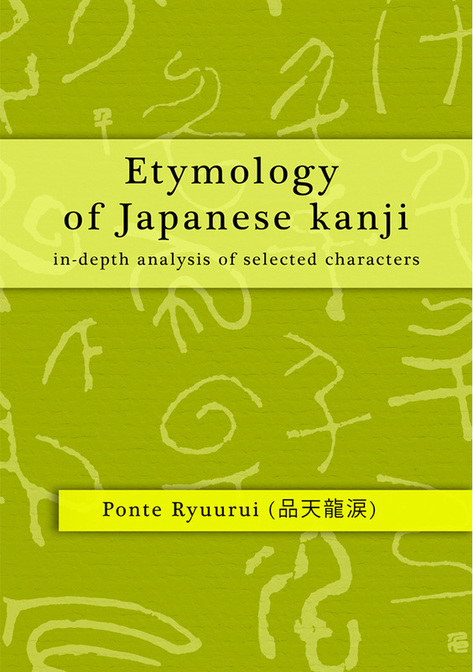 The main purpose of this book is not to teach Japanese kanji, but help you to understand and appreciate the vast complexity and philosophical and cultural depth of Chinese writing system. I talk in details about the etymology of 50 chosen characters, at a speed of one character per chapter. There are over 400 illustration inside the book, and all of them are not only actual historical characters taken from ink rubbings of outstanding Chinese and Japanese calligraphy masterpieces, ranging from 1600BCE to 19th century CE., but each of those illustrations has a detailed description regarding who wrote it and when, with other interesting historical facts or trivia, either about the classic or the author. The true value of this book is that the key contents are based purely on Japanese or Chinese literature, and not translations into other languages. I bring you knowledge that is hidden behind the language barrier for most of the Western world. One of my main sources for this book were publications by one of the greatest modern scholars of the etymology of Chinese writing, Shirakawa Shizuka (白川静, 1910 - 2006), who sadly passed away in 2006. His books are hugely valued not only in Japan but also in China and Taiwan. Since his publications are quite encyclopedic, and are based on numerous abbreviations and connotations, even native speakers whose field is Japanese or Chinese language, find those books difficult to read. I invested a great amount of time and effort, and backed it up with my years of experience in the field of Chinese and Japanese calligraphy, to explore a lot of side topics and intriguing fact on the subject of origins of kanji, and included them in my book. Etymology of Japanese kanji - in-depth analysis of selected characters is a book aimed at anyone who is interested in Chinese or Japanese language, or history of ancient China and Japan, or any enthusiasts who appreciate the culture and philosophy or the Far East. The title of this book was the most difficult thing to decide on, since it is impossible to talk about Japanese kanji without discussing Chinese characters, which in some cases are the same thing, and in others are different. I decided on Japanese kanji in the title, mainly because I live in Japan and this is also where I study calligraphy. If you have any questions regarding the book, feel free to send them directly to me or leave a comment below. This exhibition is one of the most interesting and impressive things to see in Tokyo National Museum in Ueno. The exhibited sculptures are superb, some of them are huge, others are smaller. Museum rotates items on the display every 3 months, so you can admire various masterpieces. Some of the sculptures can be photographed, so do not forget to bring your camera with you. The room with the statues has amazing energy, it is very peaceful and soothing. I have added my calligraphy to the below photo, written in cursive script, it reads 平穏, i.e. tranquility (heion).
My Youtube channel with free photoshop tutorials Photography workshops in Tokyo - click for more details. Hire a photographer in Tokyo Buy original Chinese and Japanese calligraphy art Check out my new portrait photography services in Tokyo website! For those of you dirty minded bastards who need some clarification, the size of the brush does not matter. It is all in the quality of brush strokes, the power of line, how skilled your mind and arm is. Chinese calligraphy line can be powerful and mighty even if written with a tiny brush. The brush tip, its movement on the paper, the balance, quality of ink and paper, handwriting style, etc. it all comes together in the final artwork. Those are the elements that decide on how powerful your calligraphy art will be. 威 in cursive script - it means might, power, also dignity. I wrote in in one stroke, with a small brush. I wanted to express well defined and flexible line, continuum of movement, but at the same time an airy and light feeling to the whole structure of the character.
My Youtube channel with free photoshop tutorials Photography workshops in Tokyo - click for more details. Hire a photographer in Tokyo Buy original Chinese and Japanese calligraphy art Check out my new portrait photography services in Tokyo website! I am studying Lantingji Xu by Wang Xizhi, and so here is a short phrase from this amazing classic in semi-cursive. If follows the original to an extend, with a few alterations in my own calligraphic style. If you want to read more about Xizhi, just do a search on my blog, I have quite a few articles about him and his legendary calligraphy masterpieces. I scanned my work and brought it inside photoshop and played a bit with colors and background. Enjoy!
My Youtube channel with free photoshop tutorials Photography workshops in Tokyo - click for more details. Hire a photographer in Tokyo Buy original Chinese and Japanese calligraphy art Check out my new portrait photography services in Tokyo website! This is my first fully digital Chinese calligraphy art, based on a semi-cursive script form of the character for dragon (龍). I created it entirely inside photoshop from scratch using pen tool, textures and a bit of fun with selective toning, etc. I also added some dimension to the character, so it doesn't appear flat, and created an illusion of metallic material. The character itself follows traditional calligraphy rules to certain extend, naturally I added to it my personal calligraphic style, but I wanted to keep it in a modern feel, slightly leaning towards a logo design or some sort of an emblem. Hope you guys like it!
My Youtube channel with free photoshop tutorials Photography workshops in Tokyo - click for more details. Hire a photographer in Tokyo Buy original Chinese and Japanese calligraphy art Check out my new portrait photography website! I was approached by Wendy Wu Tours in regards to writing a short article for their website about Japanese calligraphy and possibilities of studying it during your stay here in Tokyo. It would seem that more and more people are willing to discover the culture of Japan and are interested in all kinds of wonders, one of them being Japanese calligraphy. Links are below, so have a look and read, enjoy! Wendy Wu Tours are the UK’s leading China holiday specialist tour operator. Their blog gives an insight to China and the surrounding regions and is full of articles to help fuel your interest in this beautiful country, as well as tips and advice for your China tour. One of their most recent articles gives an insight into the historic art form of Chinese calligraphy and features comments from experts in the field. Wendy Wu Tours were kind enough to feature my work and free calligraphy tutorials in the piece alongside information on the history of the art and where you can learn more. You can read the article in full here.
Flash photography has the great advantage of offering an immense control over light. You can sculpt it and bend it the way you want. It is great in working in confined spaces, where strobes would blast the place with light like x-rays. Flash throws some very hard light, but when softened up with some light modifiers like softboxes is just amazing. Here is a result of a short photoshoot at my place today, I added my calligraphy to make the image a bit more interesting and dill the negative space to the left. I dropped the opacity so the attention goes to the model, which is mirrored by the faded kanji (麗 - graceful). My Youtube channel with free photoshop tutorials Photography workshops in Tokyo - click for more details. Hire a photographer in Tokyo Buy original Chinese and Japanese calligraphy art Check out my new portrait photography website! model: Eccaia
Any type of photography that involves photographing people is based on some sort of a relationship between the model and the photographer. Naturally this applies to any type of art, like sculpture, or painting. Portrait photography for example is more difficult than people may think. Often times I have to be able to capture the real character and personality on my camera, after meeting them only a few minutes earlier. It is our job as photographers to be able to connect, to reach through all the social masks and safety doors, and get through to the core of a person. On top of this we have to be able to evoke real emotions, and be fast enough to photograph them before they fade away. Now, boudoir or nude photography brings this to a higher level. A model is trusting us with her intimacy, and it is crucial to respect it. I don't know about you but I love working with the same models over and over, as the more we work together the better the photos will be. Look at painters, they all had their favourite models, and for a good reason. It is a unique bond of mutual appreciation and trust, difficult to build, but easy to lose. Then there is body painting or in my case calligraphy body art. Ask a professional photographer if he would dare to touch a female model during a nude shoot. I highly doubt it. I have to spend hours (full body texts can take as long as 4h or more of continuous writing) touching the model head to toes during writing. This is one of the most intimate types of photography out there, and it could not be done without a really good understanding or trust. Respect and understand your models guys, listen to them and learn, and you will get great results. My Youtube channel with free photoshop tutorials Photography workshops in Tokyo - click for more details. Hire a photographer in Tokyo Buy original Chinese and Japanese calligraphy art Check out my new portrait photography website! model: Asuka
Every month several outstanding works are chosen from among the thousands of calligraphy works flowing in from whole of Japan, and are being printed to share with the community of calligraphers in Japan. I am very honored to have my work chosen for this month edition of the All Japan Calligraphy and Literature Association magazine. It is a copy of a fragment of treatise on calligraphy by Sun Guoting, late 7th century, in cursive script, size 35x135 cm. IT is one of the most emotional and insightful classics regarding the beauty and depth art of Chinese calligraphy. The remark of the judges to the left says: Ryuurui / a delightful work where brazen and rich brush strokes are interwoven with a light and sparkling line. I scanned the entire page so you can also have a look at other calligraphers` works.
My Youtube channel with free photoshop tutorials Photography workshops in Tokyo - click for more details. Hire a photographer in Tokyo Buy original Chinese and Japanese calligraphy art
I have launched a new service for everyone that wants to order a kanji tattoo that actually has the meaning that you wanted, and it is written in a skillful professional manner, in accordance with the ancient rules of Chinese and Japanese calligraphy. I can design for you a tatto of any length, from a single character to the entire body. All my tattoo designs are researched, studied and written the way I would write a calligraphy work, with a brush on paper. Each calligraphy work is very unique, and cannot be reproduced. I do not sell the same design twice, so you have my assurance that no one on Earth will have the same tattoo as you do. I adjust my writing style according to your sex, character, personality, the meaning of the text, etc. Tattoos can be ordered in few calligraphy scripts. You will find more details here.
My Youtube channel with free photoshop tutorials Photography workshops in Tokyo - click for more details. Hire a photographer in Tokyo Buy original Chinese and Japanese calligraphy art Due to increasing amount of emails and inquiries regarding Japanese kanji tattoos written in calligraphic scripts, I decided to launch a new service page with all the details and prices. Tattoos are for a life, so when searching for a design we want something unique. Tattoos in Chinese characters are common, but I have rarely seen any decent ones, not to mention any good ones. If you are looking for a Japanese kanji tattoo design you should look for someone knowledgeable in the era of Chinese characters and Japanese or Chinese calligraphy. Tattooing computer fonts is a blasphemy, not to mention that such tattoos look really boring. IT may seem cool in the Western countries, but whenever you meet any native speaker of a language that utilizes Chinese characters, your tattoo will not be appreciated. Below photo - calligraphy in ancient Chinese small seal script, reading 龍精 - dragon spirit. Model: Eccaia
My Youtube channel with free photoshop tutorials Photography workshops in Tokyo - click for more details. Hire a photographer in Tokyo Buy original Chinese and Japanese calligraphy art Here are two out of four mandatory works that I have to write for my upcoming Master Instructor exams in Japanese and Chinese calligraphy. Those works are a must on top of 36 works that have to be sent throughout a year, each month one work. The exam is split into copying from Chinese classics and two works written in one's own calligraphy style, but in a way where characters show a clear connection to traditional and historical characters that one has to research and carefully select from various Chinese and Japanese classics. Below you can see two works that were chosen by my teacher as those that qualify for exam submission. There is a deadline for the exam, and if I am unable to meet the requirements , or in other words,, if my teacher does not think one or more of my works is strong enough for exam submission, I would not be allowed to send them to the national judging panel. So, you write as many works as it takes until they are good enough to be submitted, or else you have to wait another year to lift your skills. The work to your right is a copy of Chinese classic 乙瑛碑 from 2nd century C.E. in clerical script. To the left is a work in my own calligraphic style, in semi-cursive script (自然風月情無盡如在山林楽未央). During my last meeting with my teacher he picked 4 works, the other two were in standard script and cursive script, but he asked me to keep writing as he was not fully satisfied.
Here is a photo of me sitting with Grand Master Kajita Esshuu, having a chat about my upcoming Master Instructor exams in Japanese and Chinese calligraphy in one of his Japanese calligraphy studios in Tokyo. It has been a long journey up to this point, but a very colorful one. I am extremely lucky and very grateful to have found such an amazing teacher. Over the years we have become very close, and now I think of him more as of my grandfather, than just a teacher. I have 4 mandatory subject for the exam in 4 Chinese calligraphy scripts. Two of them are copies of the Chinese classics, and two are works that have set phrases to be written, but one has to write them applying his one calligraphy style. I will follow this up in my next article in details, so you can have a sneak peek into the world of brush and ink. My Youtube channel with free photoshop tutorials Photography workshops in Tokyo - click for more details. Hire a photographer in Tokyo Buy original Chinese and Japanese calligraphy art Photo by Jenny Ponte
Working on photos and editing tons of shots may lead to tunnel vision and resulting in similar type of edits. Lots of people use presets, not even knowing what they do. That includes the professional photographers as well. Some people don't even possess the skill to edit their own work, which is pretty scary. It is like a cook who buys veggies on the market and calls for help to cook the meal. Learning and studying will develop your artistic vision, and it is most likely to change over the time. I learn new skills on a daily basis, and my photoshop techniques improve quite rapidly. I am often revisiting some of my favoring works and re-editing them applying what I have learned since I worked on them. Sometimes I give photos a new twist. All in all I love editing 1 photo in many different ways. It leads to amazing discoveries. In this case the reason for editing is complex. One, is that I love this shot. Two, is that I love this calligraphy classic, and three is that this very classic is one of the mandatory subjects for my Master Instructor exams in calligraphy this year.
model: Asuka / Japanese calligraphy - my copy of a Chinese classic Shu Pu from the early Tang Dynasty (7th century) by Sun Guoting, who was an absolute genius of cursive script. I am back from a two day marathon with ink and brushes. Oh it was FANTASTIC. We had over 30 Grand Masters coaching us in 4 Chinese calligraphy scripts. We studies clerical script, cursive script, semi-cursive script and standard script. It was amazing to listen to various points of view they had and just listen to them explaining or writing, correcting our works and so on. Writing on a floor from early morning till late evening is not easy, so I am dead tired, but it was well worth it. I have learned a ton and the event had definitely helped me a lot in preparation for my upcoming Master Instructor exams next month.
My Youtube channel with free photoshop tutorials Photography workshops in Tokyo - click for more details. Hire a photographer in Tokyo Buy original Chinese and Japanese calligraphy art I have been studying a lot recently for my upcoming Master Instructor exams in Chinese and Japanese calligraphy. Lots of paper, lots of ink and lots of time, but lots of fun as well. I am off to two days national level seminar for aspiring Master calligraphers, organized by All Japan Calligraphy Art and Literature Association here in Tokyo. I am very honored to be considered and invited. There are limited spots there, and I am the only foreigner that has been offered this amazing opportunity. Wish me luck!
My Youtube channel with free photoshop tutorials Photography workshops in Tokyo - click for more details. Hire a photographer in Tokyo Buy original Chinese and Japanese calligraphy art |
Categories
All
AuthorPonte Ryuurui (品天龍涙) Archives
August 2020
|
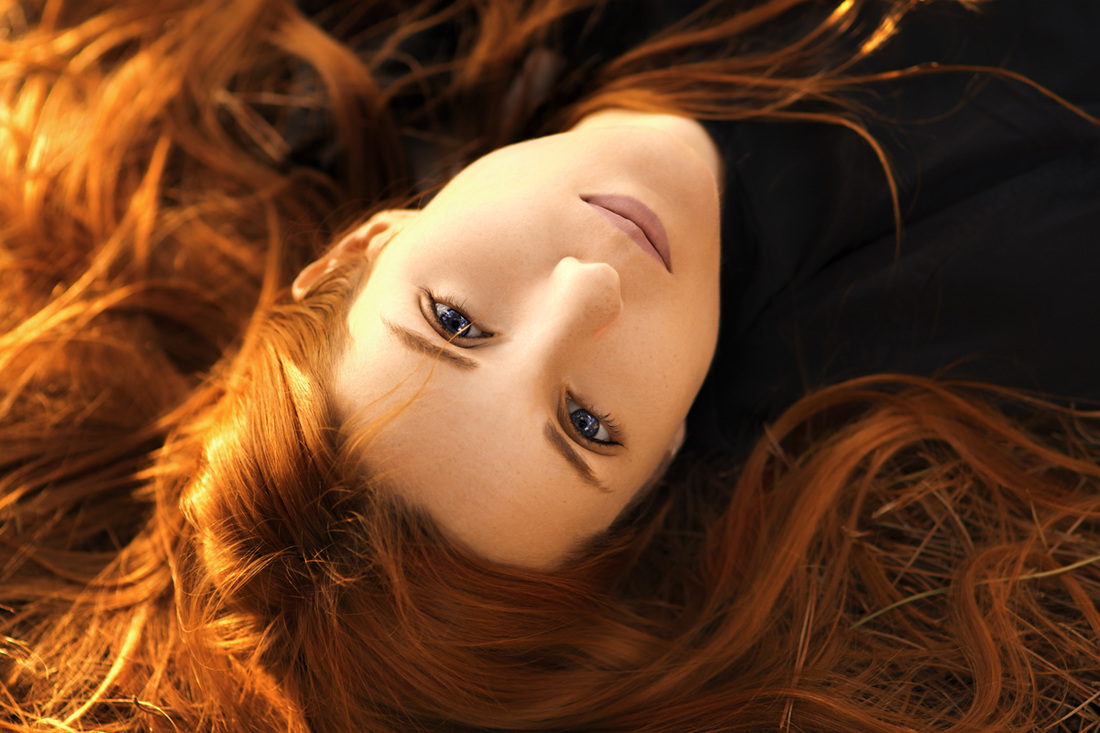
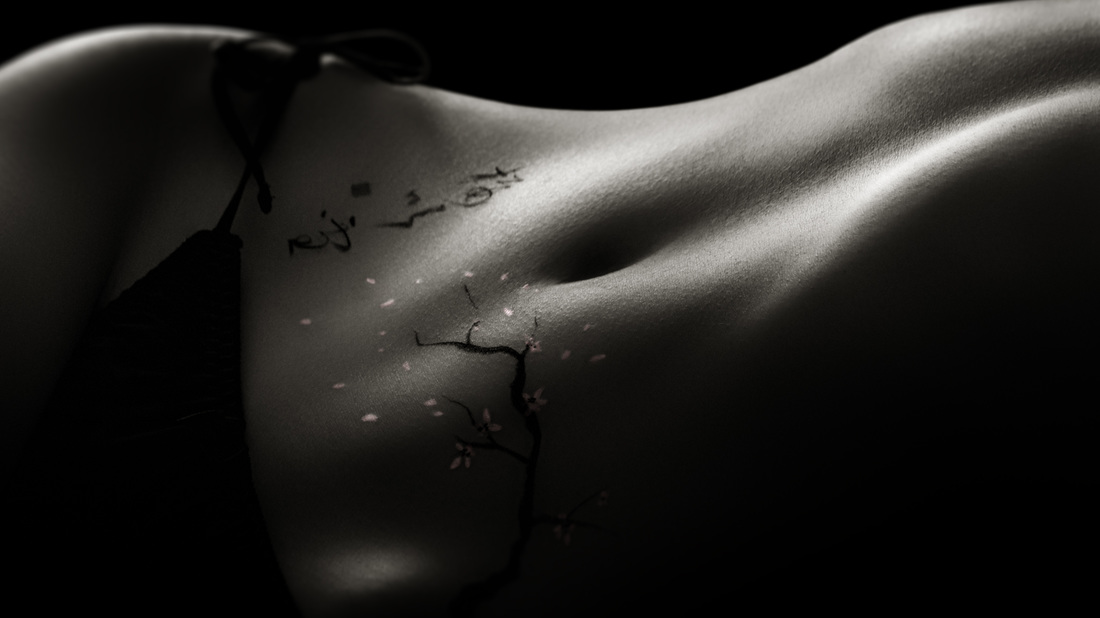
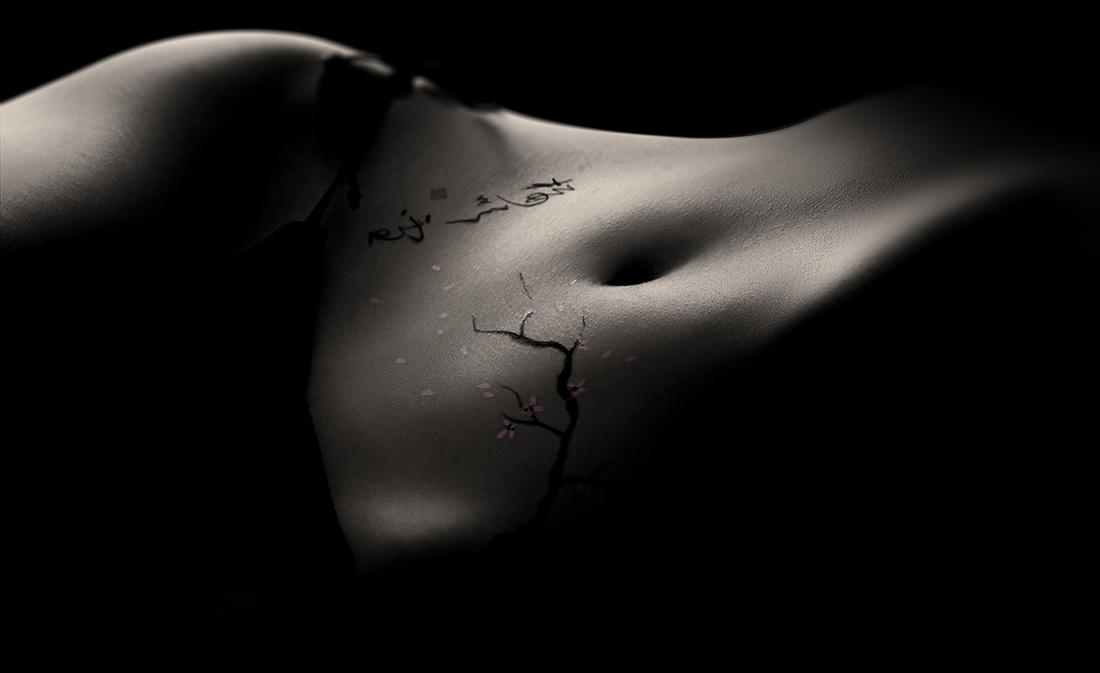
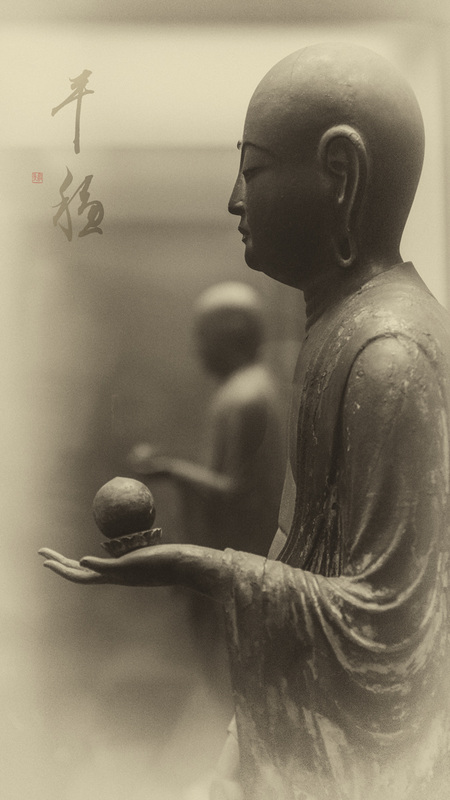
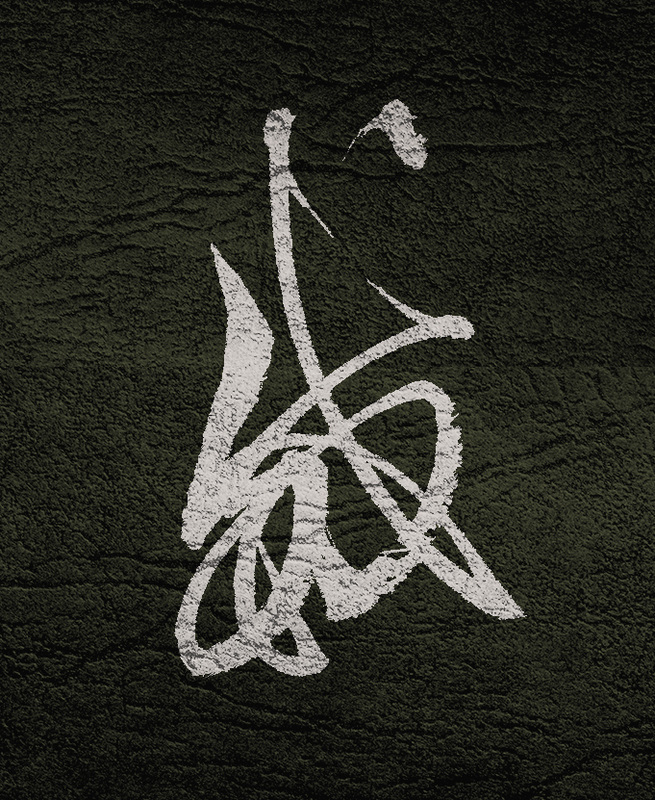
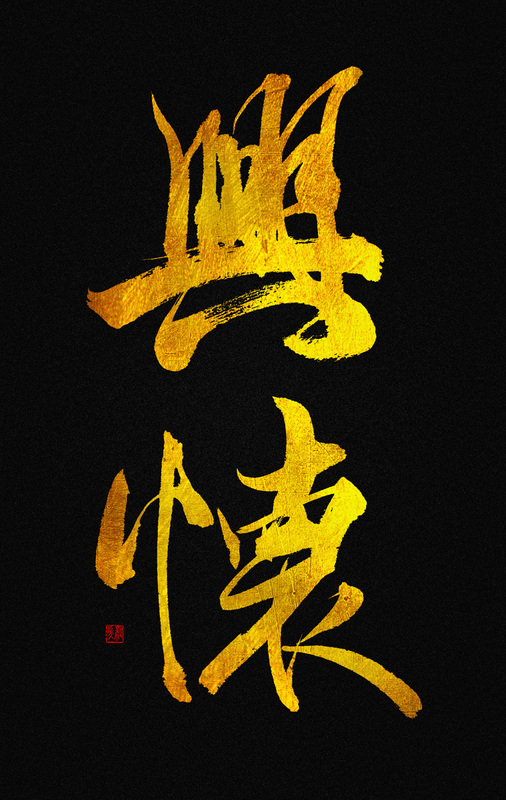
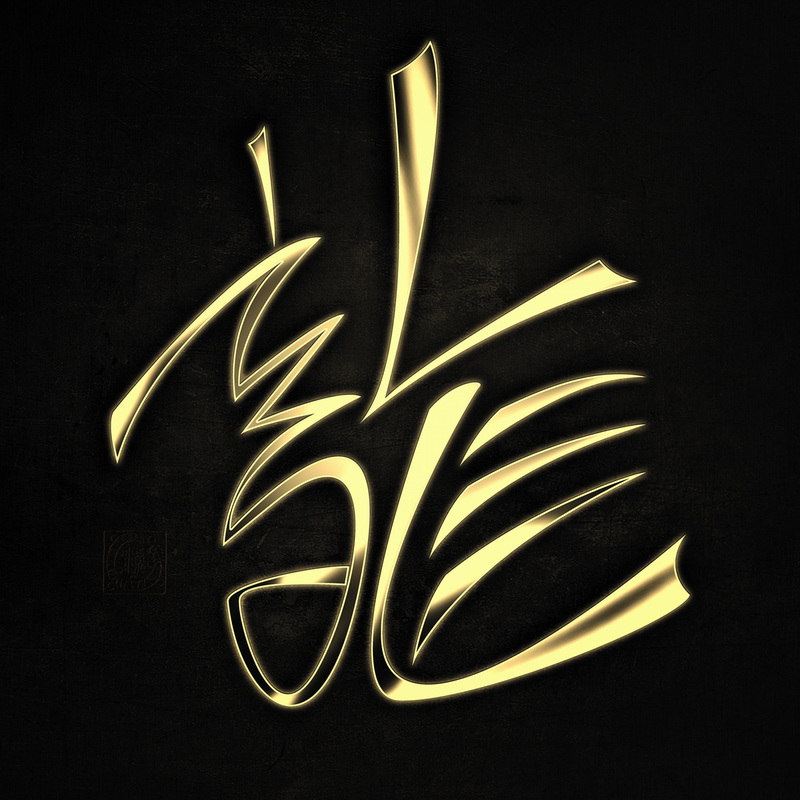
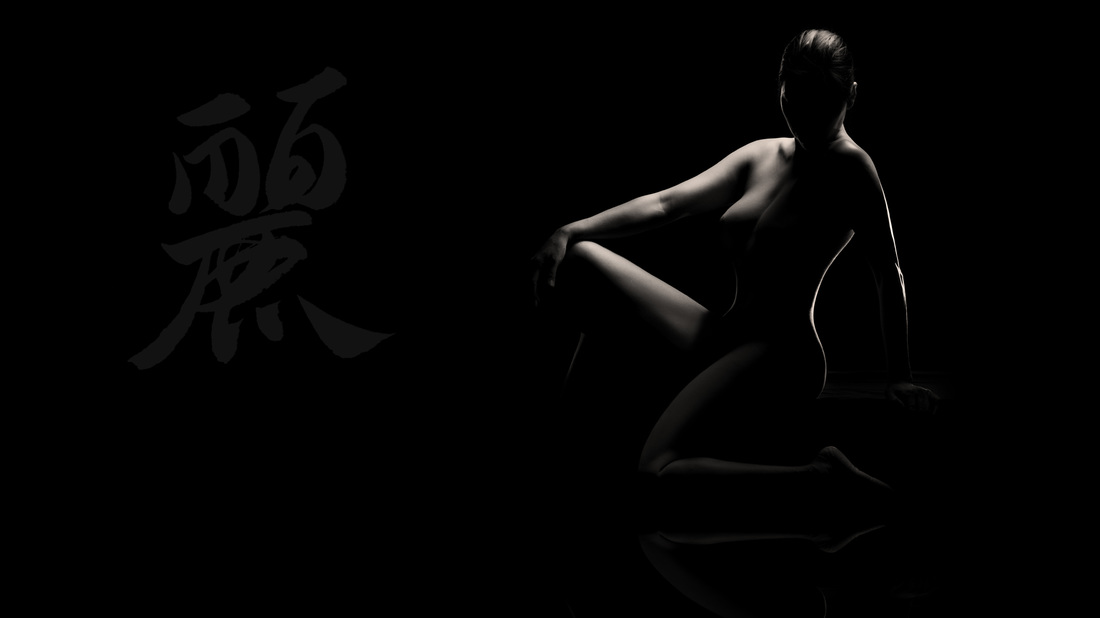
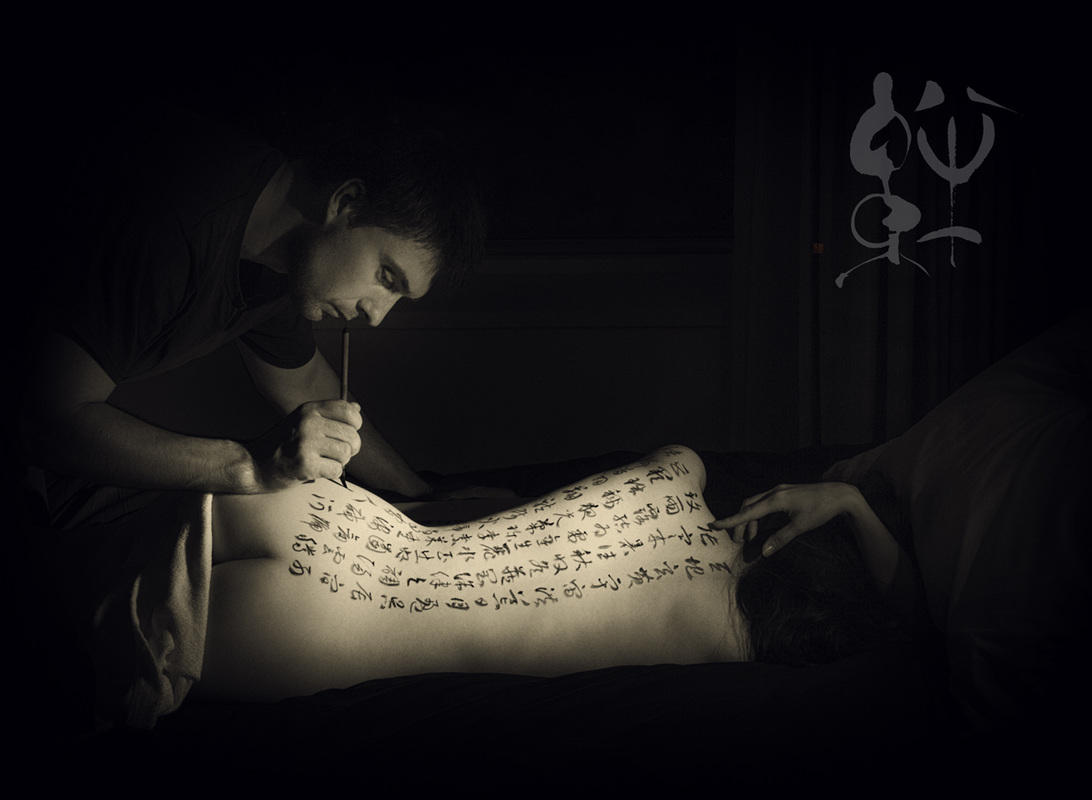
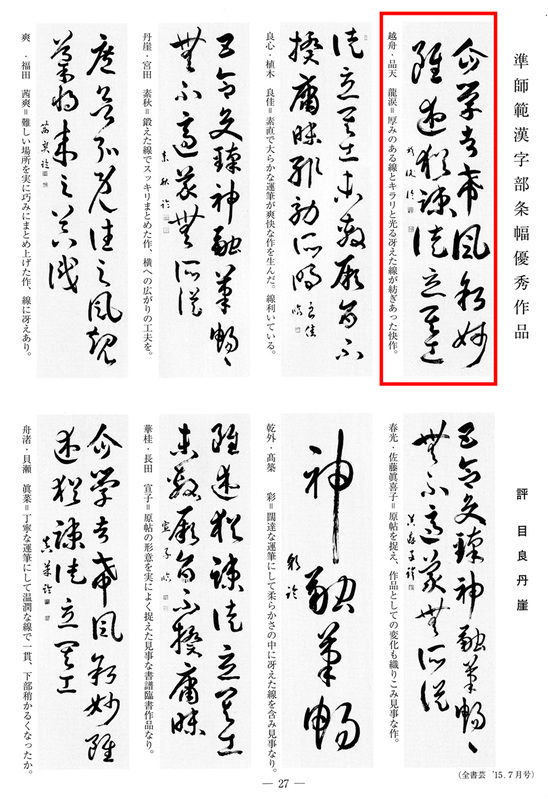
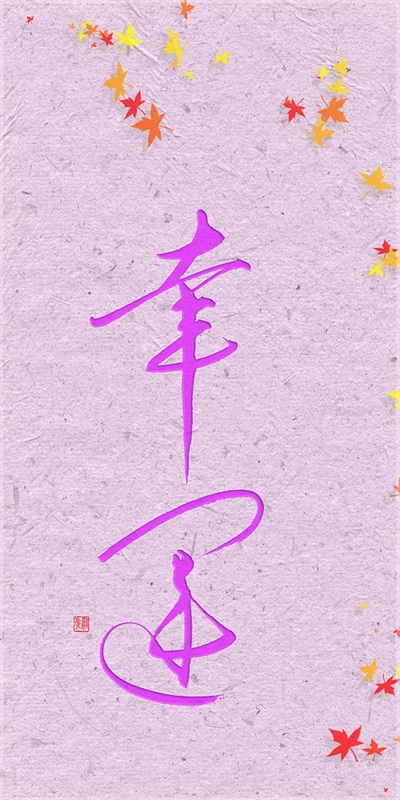
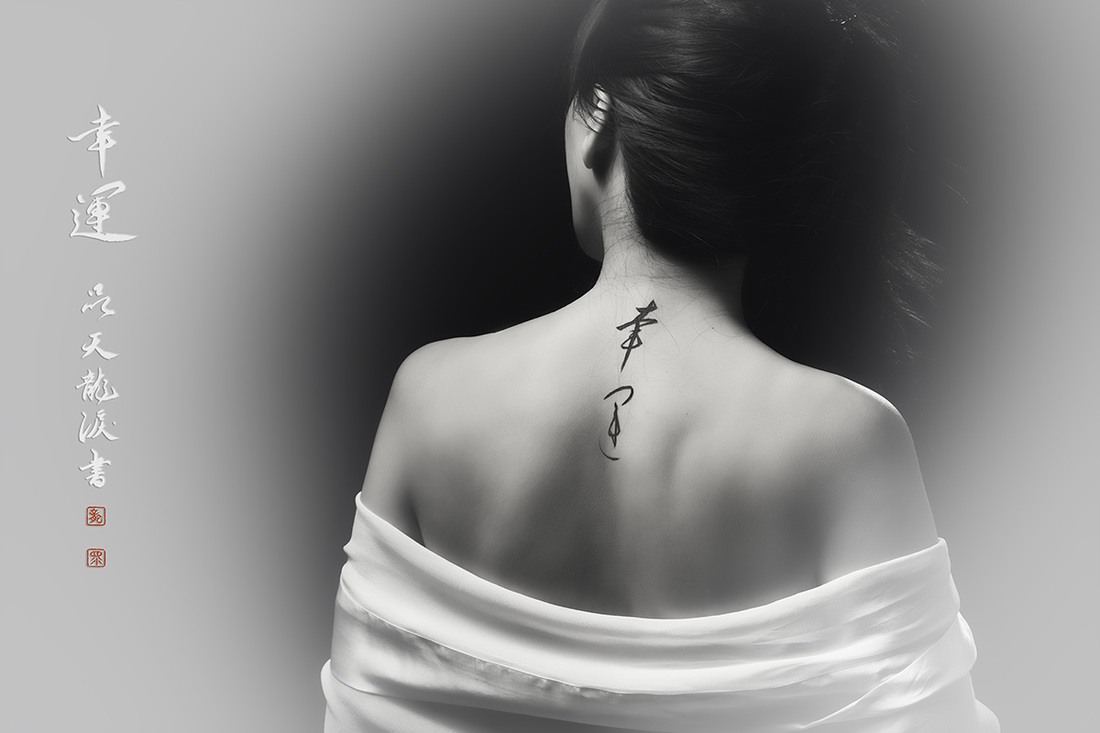
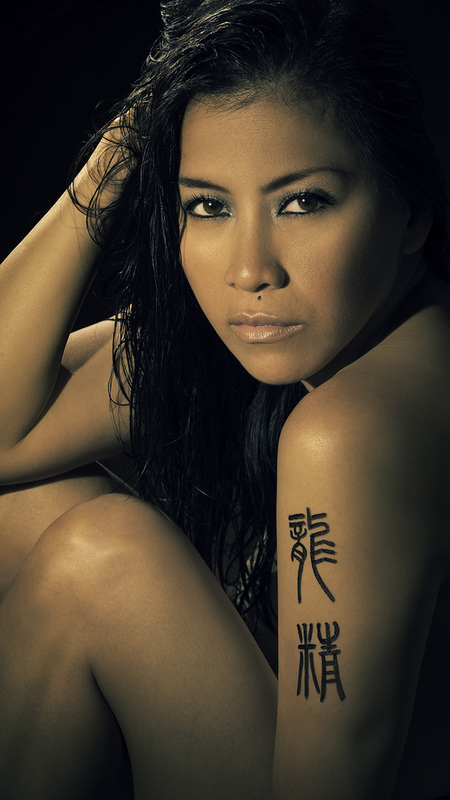


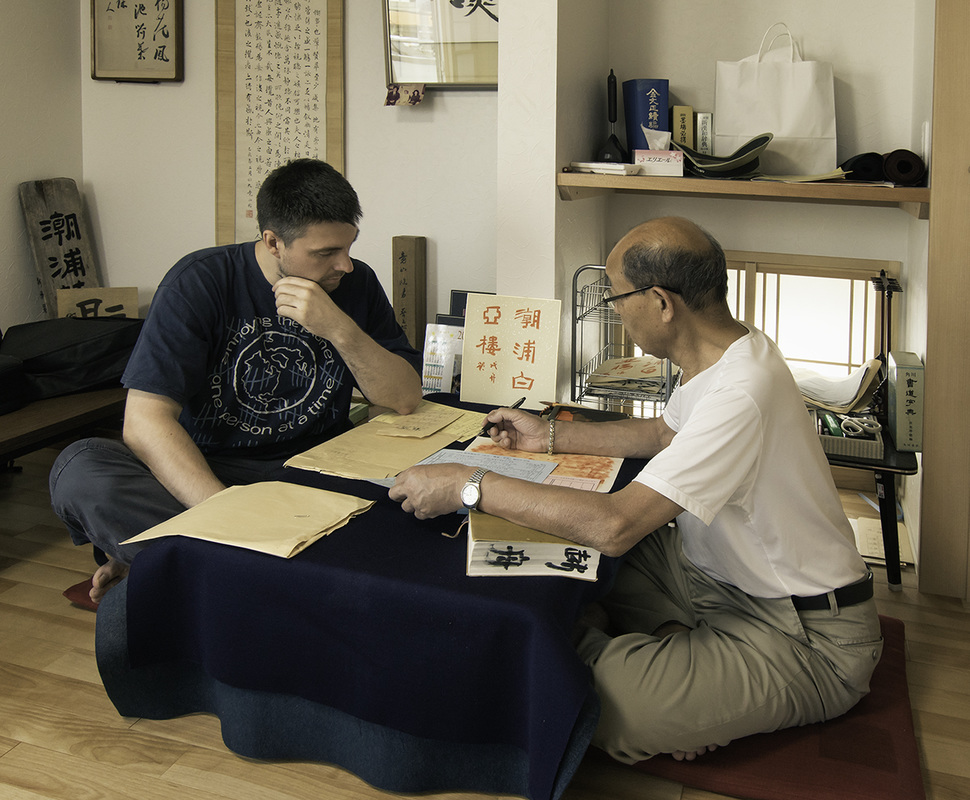
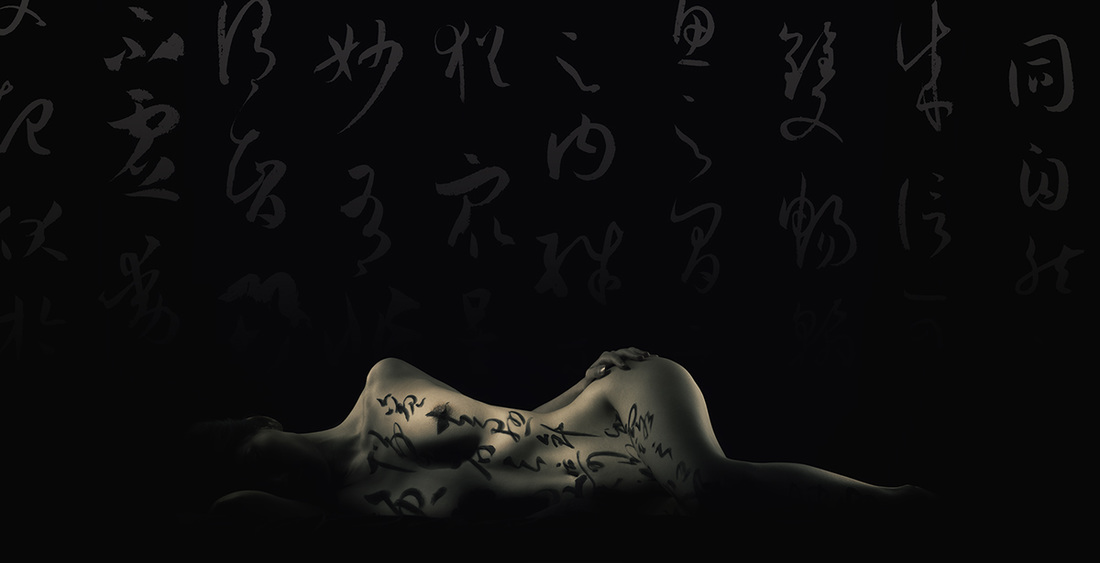
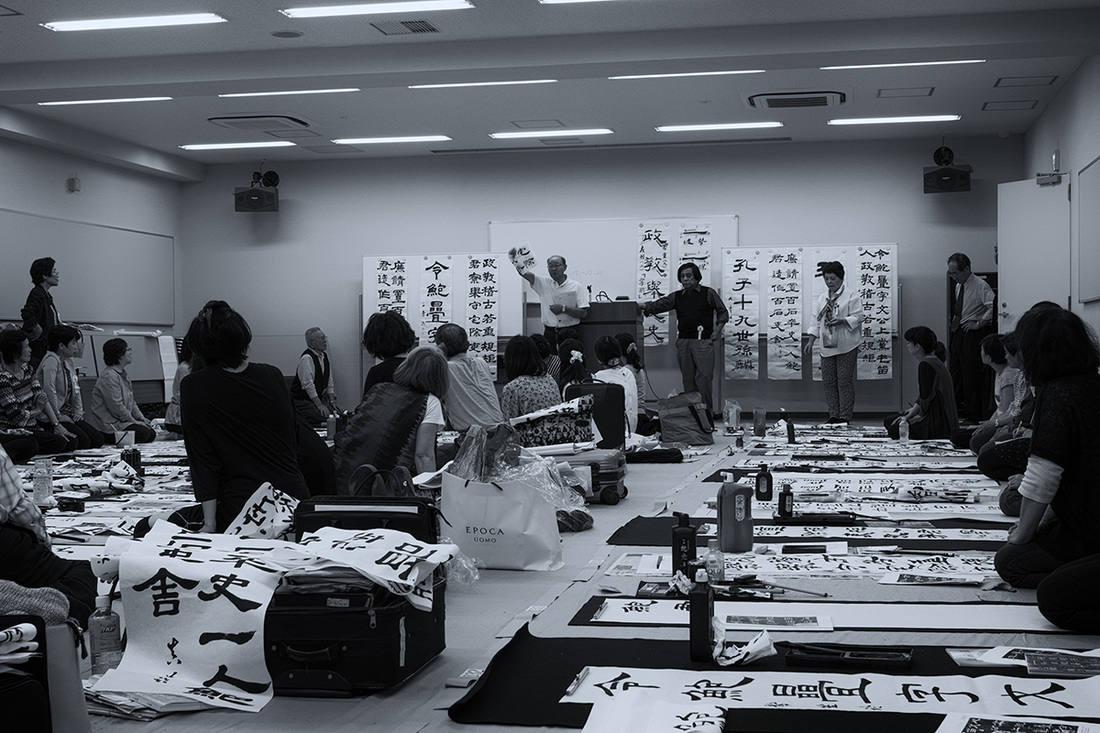
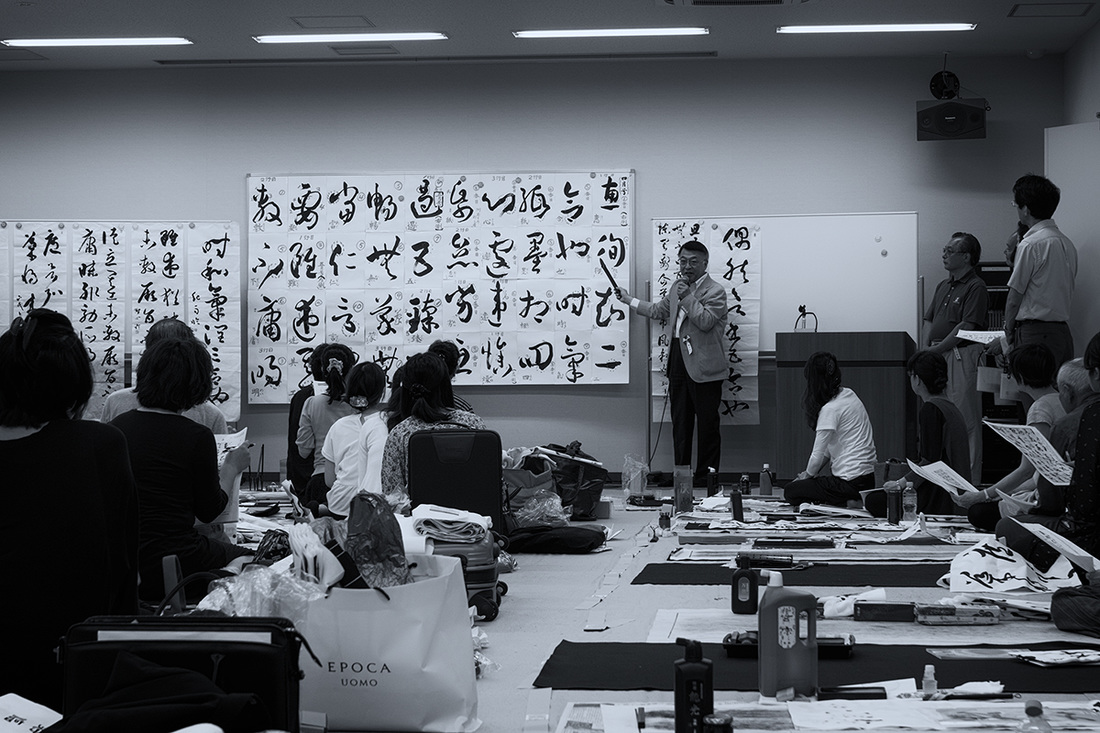
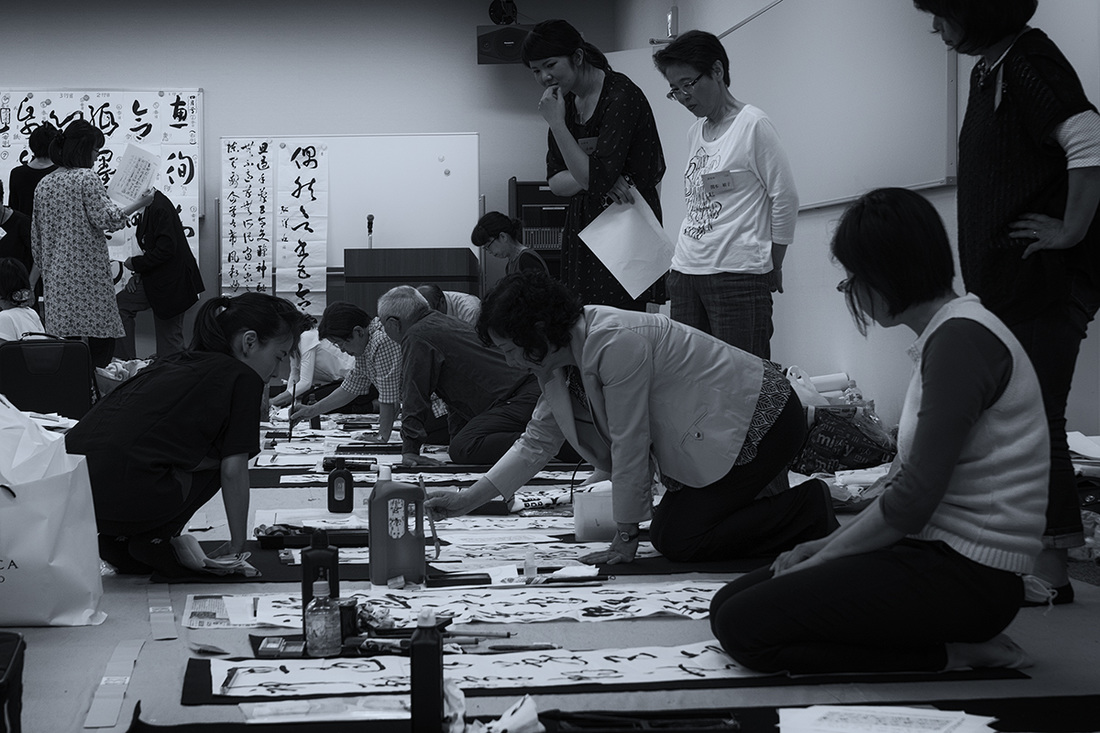
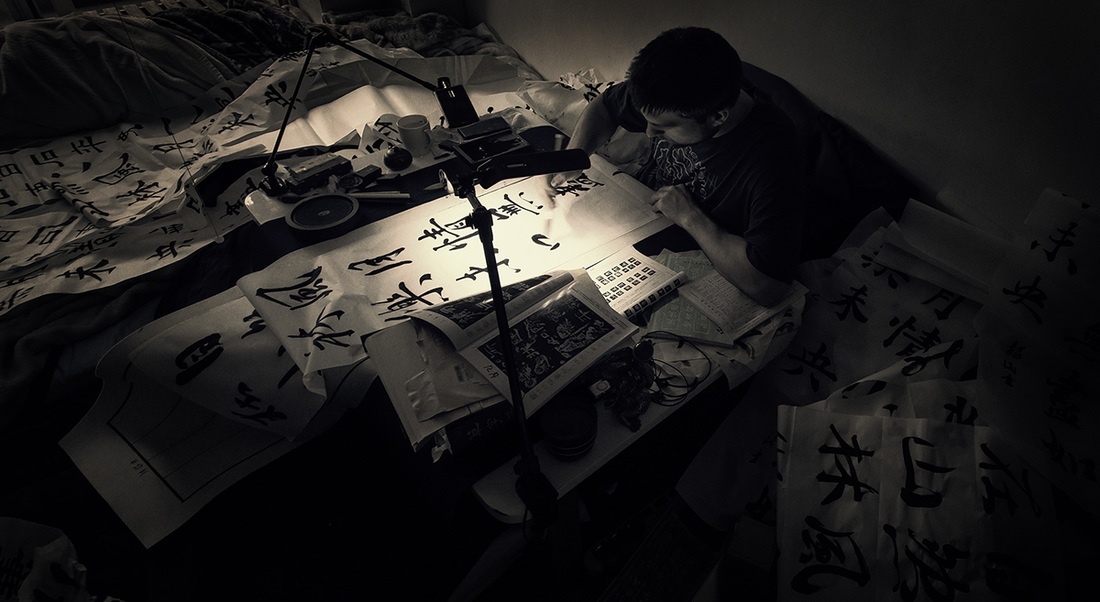

 RSS Feed
RSS Feed
